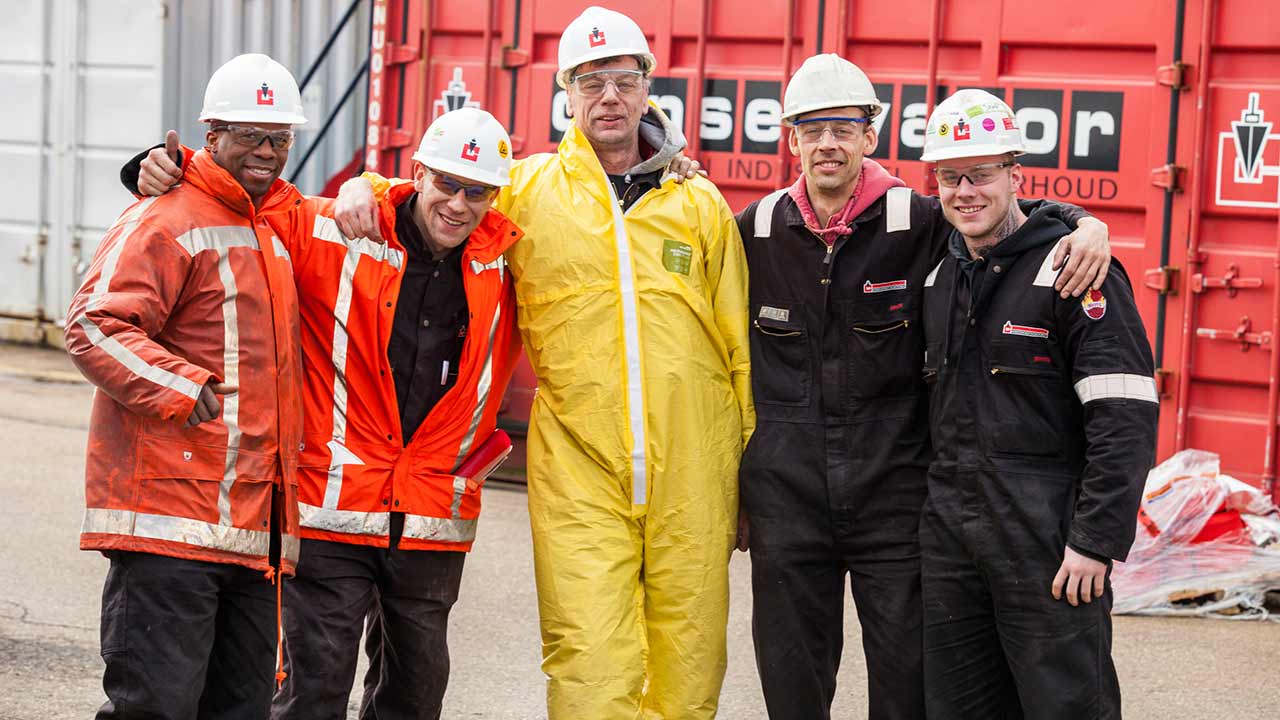
influence any person to withdraw from competition for any position for the purpose of improving or injuring the prospects of any other person for employment.deceive or willfully obstruct any person with respect to such person's right to compete for employment.coerce the political activity of any person (including the providing of any political contribution or service), or take any action against any employee or applicant for employment as a reprisal for the refusal of any person to engage in such political activity.an evaluation of the character, loyalty, or suitability of such individual.

an evaluation of the work performance, ability, aptitude, or general qualifications of such individual or.solicit or consider any recommendation or statement, oral or written, with respect to any individual who requests or is under consideration for any personnel action unless such recommendation or statement is based on the personal knowledge or records of the person furnishing it and consists of.on the basis of marital status or political affiliation, as prohibited under any law, rule, or regulation.on the basis of handicapping condition, as prohibited under section 501 of the Rehabilitation Act of 1973 (29 U.S.C.
 on the basis of sex, as prohibited under section 6(d) of the Fair Labor Standards Act of 1938 ( 29 U.S.C. on the basis of age, as prohibited under sections 12 and 15 of the Age Discrimination in Employment Act of 1967 ( 29 U.S.C. on the basis of race, color, religion, sex, or national origin, as prohibited under section 717 of the Civil Rights Act of 1964 42 U.S.C. discriminate for or against any employee or applicant for employment. Prohibited Personnel Practices (5 USC § 2302(b))Īny employee who has authority to take, direct others to take, recommend, or approve any personnel action, shall not, with respect to such authority. 13 - Nondisclosure Forms, Policies & Agreements. 10 - Conduct Not Adversely Affecting Performance. 6 - Granting Any Preference or Advantage Not Authorized by Law. 5 - Influencing Withdrawal from Competition. 4 - Obstructing the Right to Compete for Employment. Collaboration between stakeholders, real-time information sharing, new technologies and relationship building within the community will all be critical moving forward to strengthen public safety professionals' ability to serve their communities.”Īccording to Rave Mobile Safety’s press release, “Without the necessary tools, resources and funding, responders will continue to face challenges with data sharing and real-time collaboration during an emergency. Emergency response teams need innovative ways to overcome these obstacles.
on the basis of sex, as prohibited under section 6(d) of the Fair Labor Standards Act of 1938 ( 29 U.S.C. on the basis of age, as prohibited under sections 12 and 15 of the Age Discrimination in Employment Act of 1967 ( 29 U.S.C. on the basis of race, color, religion, sex, or national origin, as prohibited under section 717 of the Civil Rights Act of 1964 42 U.S.C. discriminate for or against any employee or applicant for employment. Prohibited Personnel Practices (5 USC § 2302(b))Īny employee who has authority to take, direct others to take, recommend, or approve any personnel action, shall not, with respect to such authority. 13 - Nondisclosure Forms, Policies & Agreements. 10 - Conduct Not Adversely Affecting Performance. 6 - Granting Any Preference or Advantage Not Authorized by Law. 5 - Influencing Withdrawal from Competition. 4 - Obstructing the Right to Compete for Employment. Collaboration between stakeholders, real-time information sharing, new technologies and relationship building within the community will all be critical moving forward to strengthen public safety professionals' ability to serve their communities.”Īccording to Rave Mobile Safety’s press release, “Without the necessary tools, resources and funding, responders will continue to face challenges with data sharing and real-time collaboration during an emergency. Emergency response teams need innovative ways to overcome these obstacles. 
“New strategies are needed to fill the gap.

The report’s executive summary observed that, “The public health and safety needs of communities are continually evolving, as are the best practices for addressing them.
In an emergency situation, real-time collaboration can speed response, increase situational awareness and improve responder safety. Respondents cited barriers to information sharing and collaboration include lack of technology (44%), lack of funding and resources (41%) and unwillingness from departments/agencies (36%). While responses show better information-sharing across jurisdictions is needed, nearly all respondents (94%) report their agency’s ability to collaborate in real time with other agencies needs significant (5%), major (19%), some (41%) or minor (29%) improvement. Additional staff and budget increases top the list of changes that would give respondents more confidence in their agency’s ability to improve public safety, followed by technology to enable more effective response. The top three challenges causing significant or major impact to those in public safety over the past 18 months are: Covid-19 (83%), hiring and staffing (72%) and public perceptions of first responders/law enforcement (61%).








 0 kommentar(er)
0 kommentar(er)
